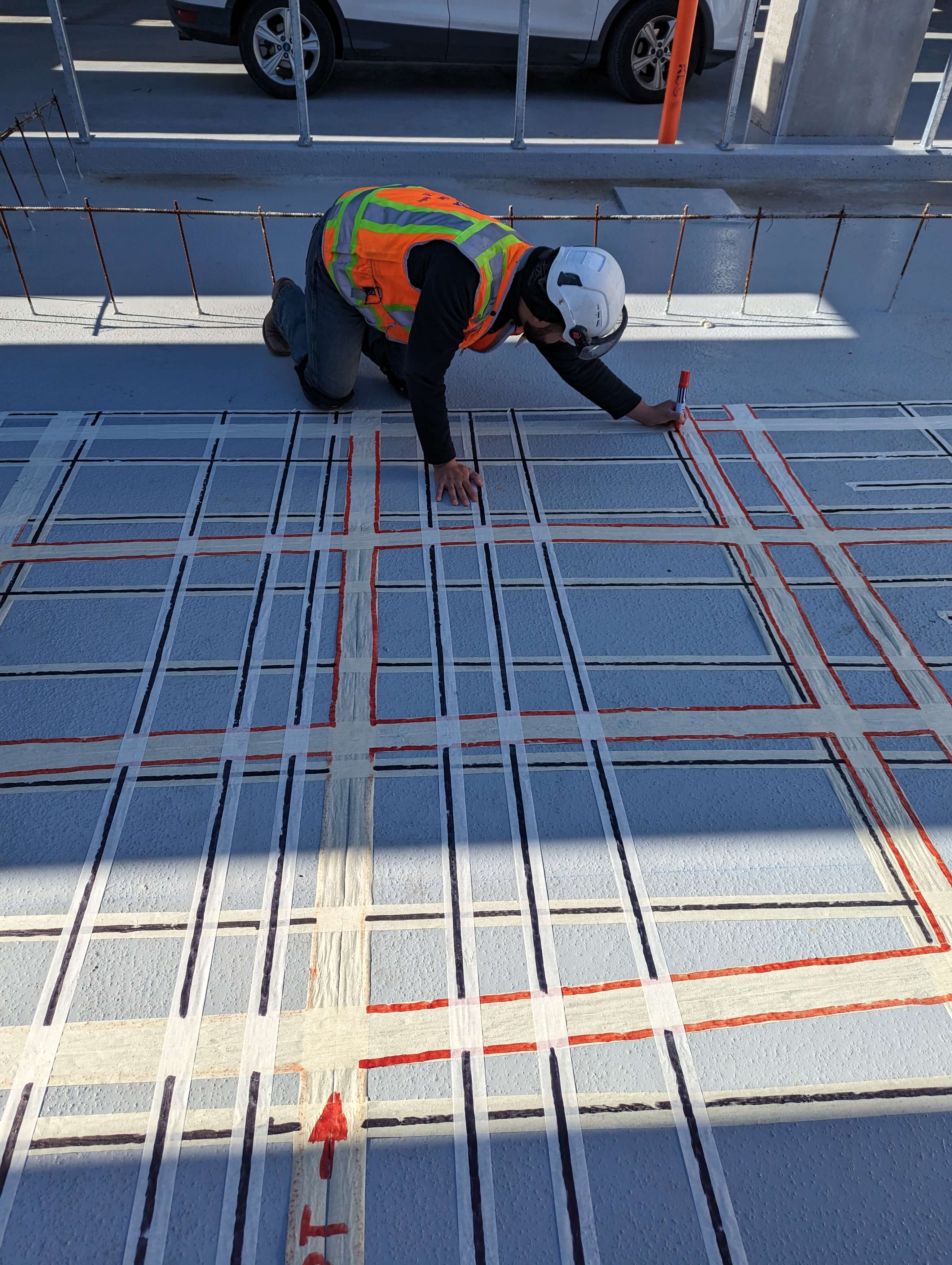Reveal the Transformative Power of Concrete Scanning in Making Best Use Of Performance and Security
Concrete scanning has emerged as an essential device in the building industry, supplying unequaled benefits in boosting project performance and making sure security criteria. By using advanced innovation, concrete scanning permits professionals to see past the surface area, uncovering concealed intricacies that could influence the structural stability of a structure. The transformative power of concrete scanning depends on its capability to provide real-time information and comprehensive insights, changing just how projects are prepared and implemented. As we delve into the ins and outs of this cutting-edge technique, a world of possibilities opens up, showcasing a new age of building and construction practices that prioritize precision and safety.
Significance of Concrete Scanning
Making sure the structural honesty and safety and security of building jobs begins with the important action of carrying out extensive concrete scanning. Concrete scanning is a non-destructive method utilized to find and map subsurface elements within concrete structures. This process is essential in determining prospective hazards, such as rebar, post-tension wires, and channels, that may be hidden within the concrete. By utilizing innovative innovations like ground-penetrating radar (GPR) and electro-magnetic induction, building teams can properly find these elements without causing any kind of damages to the structure.
In addition, concrete scanning assists in maximizing job timelines and budget plan by staying clear of unexpected costs and delays that might occur due to unexpected blockages within the concrete. Eventually, spending in extensive concrete scanning is a positive approach that enhances both performance and safety and security in construction tasks.
Just How Concrete Scanning Functions
Concrete scanning operates as a vital tool in building projects by utilizing sophisticated technologies to discover and map subsurface elements without causing structural damage. Ground Penetrating Radar (GPR) and Electromagnetic Induction (EMI) are 2 key approaches made use of in concrete scanning.
During the scanning procedure, the information gathered is evaluated in real-time, enabling prompt recognition of possible risks or obstacles under the surface. By employing these sophisticated modern technologies, concrete scanning significantly decreases the threat of costly problems and injuries on building and construction websites.
Benefits of Concrete Scanning
Utilizing advanced scanning technologies in building and construction projects supplies a wide variety of benefits, enhancing both effectiveness and safety on-site. Among the primary benefits of concrete scanning is the ability to identify and locate embedded things such as rebar, post-tension wires, and channels accurately. By determining these elements before exploration or reducing right into concrete frameworks, the danger of unintentional strikes is considerably decreased, avoiding prospective injuries to employees and damage to the framework itself. Concrete scanning helps in planning and making more efficiently, as it gives exact info regarding the area check it out and depth of structural parts.

Case Studies: Concrete Scanning Success

In another instance, a building company used 3D concrete scanning to assess the condition of maturing concrete frameworks in a historic building. The thorough scans provided important understandings into the level of degeneration and aided prioritize upkeep efforts efficiently. By proactively addressing locations of worry recognized with scanning, the business had the ability to prolong the life-span of the framework and make sure resident security.
These study emphasize the transformative power of concrete scanning in enhancing efficiency, accuracy, and security click for more info in building jobs.
Implementing Concrete Scanning in Projects
Executing advanced scanning innovations throughout building and construction tasks has actually ended up being increasingly vital for boosting accuracy and safety. By integrating concrete scanning right into project preparation and execution, building and construction teams can recognize prospective threats, such as rebar or post-tension cords, concealed within concrete frameworks. This proactive strategy lessens the risk of accidents, delays, and pricey rework, eventually leading to more effective project timelines and budget plans.
To execute concrete scanning efficiently, job supervisors ought to collaborate carefully with seasoned scanning experts to establish the most ideal scanning methods for the details job demands. Engaging scanning specialists from the beginning of a task enables the group to create extensive scanning strategies that deal with crucial locations of issue and ensure extensive information collection.
Moreover, including concrete scanning into regular task workflows can simplify decision-making processes, as real-time scan data provides prompt understandings into the problem of concrete frameworks - Concrete Scanning. This data-driven strategy promotes informed problem-solving and allows groups to make modifications without delay, fostering a culture of effectiveness and safety and security throughout the job lifecycle

Final Thought
Finally, concrete scanning plays a critical role in improving performance and safety in building and construction jobs. her explanation By using innovative technology to map and spot out underlying frameworks within concrete, this process helps to stop costly blunders, make sure architectural integrity, and minimize threats on website. With the capability to reveal surprise elements and give precise data, concrete scanning confirms to be an important device for enhancing task end results and making the most of total success.
Concrete scanning is a non-destructive approach used to find and map subsurface aspects within concrete frameworks. Furthermore, concrete scanning aids in optimizing project timelines and budget by preventing unexpected costs and delays that may emerge due to unanticipated blockages within the concrete. One remarkable situation study includes a large remodelling task where concrete scanning played a vital duty in guaranteeing job success.In another situation, a building and construction company used 3D concrete scanning to analyze the condition of aging concrete frameworks in a historical structure. By integrating concrete scanning right into task planning and execution, construction teams can identify possible dangers, such as rebar or post-tension cable televisions, hidden within concrete frameworks.
Comments on “The Significance of Expert Concrete Scanning Providers”